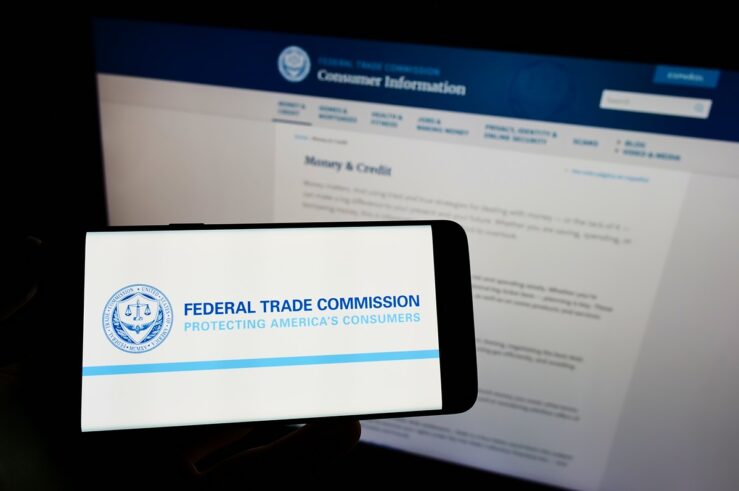I am blogging today from the Tulane Corporate Law Institute, here in New Orleans, at the stunning Westin Hotel. I am set to appear on the Private Equity panel tomorrow, where I will talk about, among other things, the implications of 2007’s string of failed private equity deals. In preparation for this conference, I drafted a memo on the top few lessons to learn from the 2007 private equity deals. Among the lessons learned, I observed, was that “merger agreements mean what they mean.” What I was referring to was the string of deals that got into trouble in 2007 because the buyers tried to evade the deals, arguing that there was a material adverse change in the condition of the target, and the sellers tried to press for specific performance, in the shadow of a merger agreement that was clear on neither the definition of material adverse change nor when specific performance was justified.
Deal lawyers have long kept the not-so-secret secret that we really don’t know what most material adverse change provisions mean, in the abstract. If pressed, we might admit that, indeed, they are often painfully ambiguous. We cannot necessarily opine, again in the abstract, whether they would cover a given set of facts. And we are ok with that because we like the idea that, in court, we can argue whatever way will help our case (that there was or was not a material adverse change).
Setting aside the “we,” and speaking no longer as a deal lawyer but as a corporate governance aficionado, I have to say that I have long thought that target boards of directors should not be ok with signing off on material agreements – merger or otherwise – that are not clear (at least on material points). Or boards should not be content to sign off until they understand why the ambiguity is acceptable. The reality is that I suspect that little has changed since Smith v. Van Gorkom, where the Trans Union board never even *saw* the merger agreement, much less read it and debated “material adverse change” provisions. And that troubles me.
Today’s panels here at the Deals Conference confirmed my concerns. Three people made interesting comments: First, a high-profile investment banker made clear that the bankers just don’t *know* what events fall within “material adverse change,” such that the deal could fall apart. Meaning, the investment bankers don’t really know how the merger agreement language reads, as a legal matter. (This is not surprising in light of the URI case opinion making clear that UBS (bankers for URI) had no idea they were basically selling an option on URI (as opposed to signing a deal to buy URI).) My view is that, since bankers are the ones STRUCTURING financial aspects of the deal and opining on the totality of the deal, including pricing of the risk that the deal will not consummate, they need to be very clear on what can implode the deal and how the risks of non-consummation due to “material adverse change” play out. Second, a high-profile deal lawyer on the same panel both (a) basically confirmed that we are still in a deal world where the “material adverse change’ language is admittedly looser than it could be and (b) confirmed that deals would still get signed even if the target board insisted on tighter materiality language. Third, Vice Chancellor Strine opined that …. “[i]f I were going to obsess about something, it would be Keira Knightley.” I seem to have been distracted by that comment, because, though Strine later *did* say something about “material adverse change,” I failed to write it down. I do believe Strine said something to the effect that boards should understand, prior to signing, what a material adverse change that would get the buyer out of the deal would include.
So where do we end up? We end up right where we have always been. It is not ideal to have merger agreements with ambiguous “material adverse change” language. But everyone – drafting lawyers, investment bankers, boards- seems to let it slip by. It is only a matter of time before a target board gets successfully sued in a fiduciary duty lawsuit for failing to act “in good faith” by signing a *sale* document without reading it and realizing it is ambiguous on an important topic. Then it is only a matter of time before the board spins around and sues both (a) their lawyers and (b) their bankers for failing to explain the deal-impacting aspects of the deal terms struck (such as “material adverse change,” specific performance conditions, and reverse termination fee outs). Mark my words. You heard it here first.



